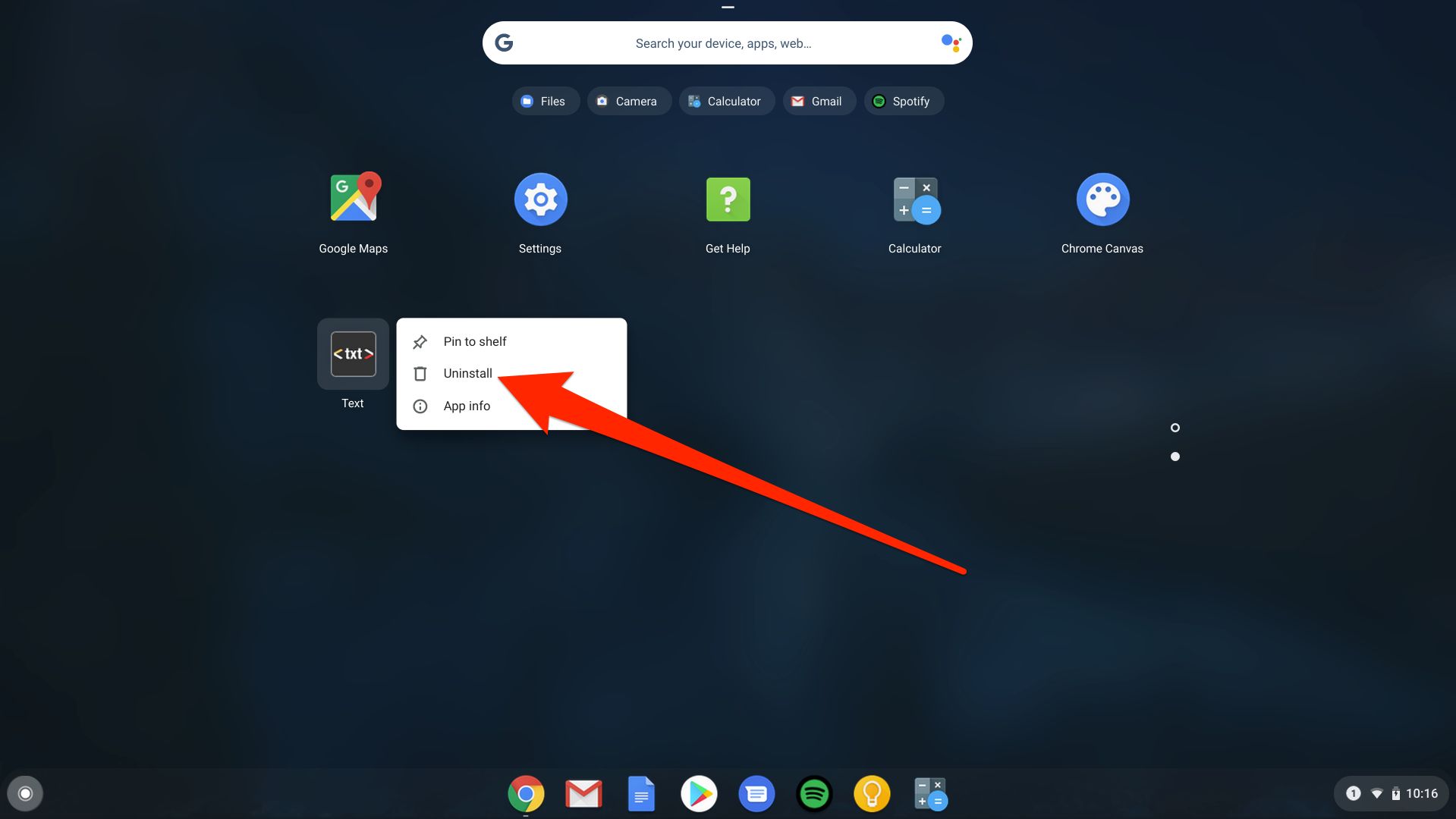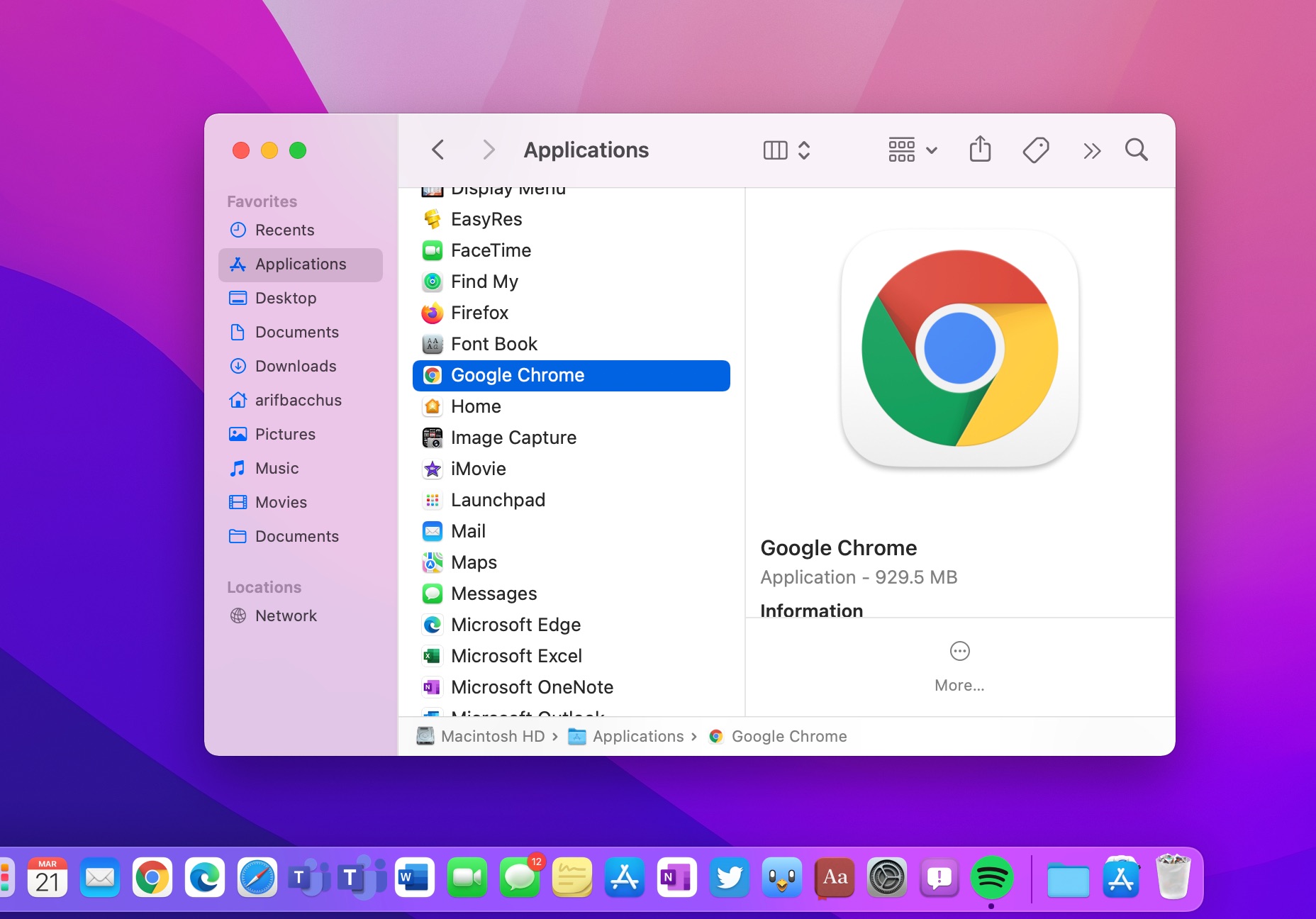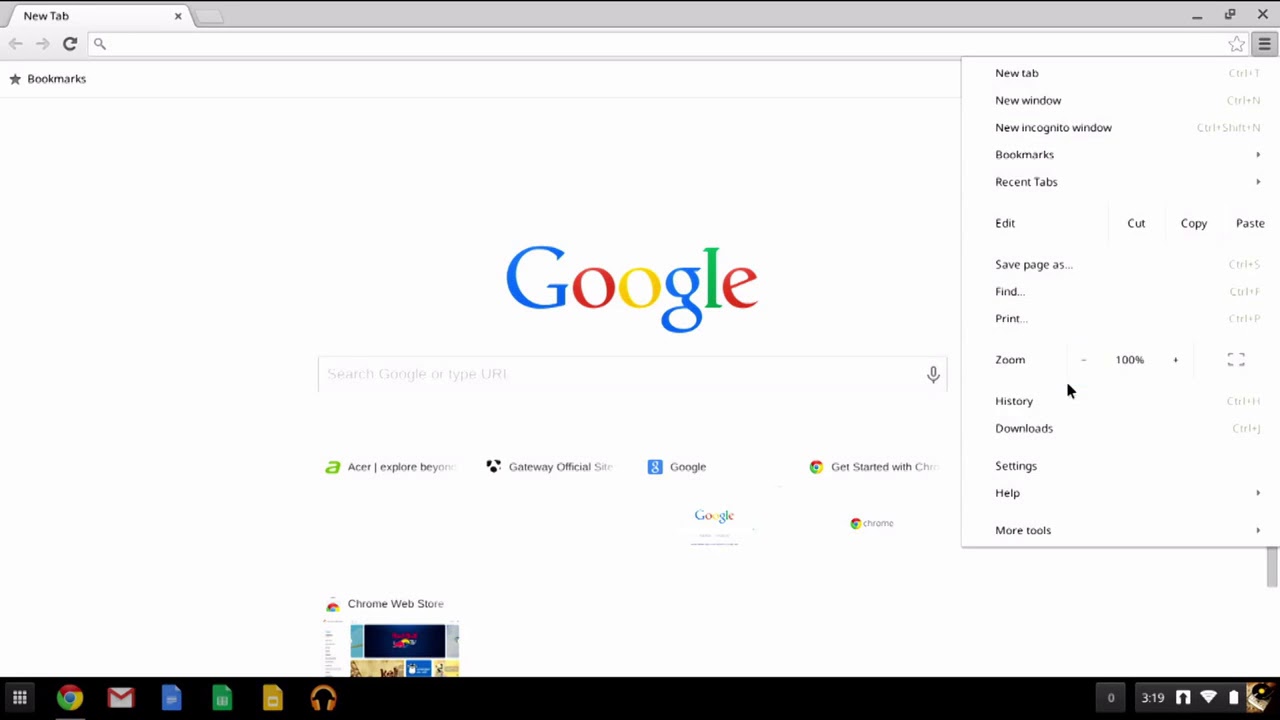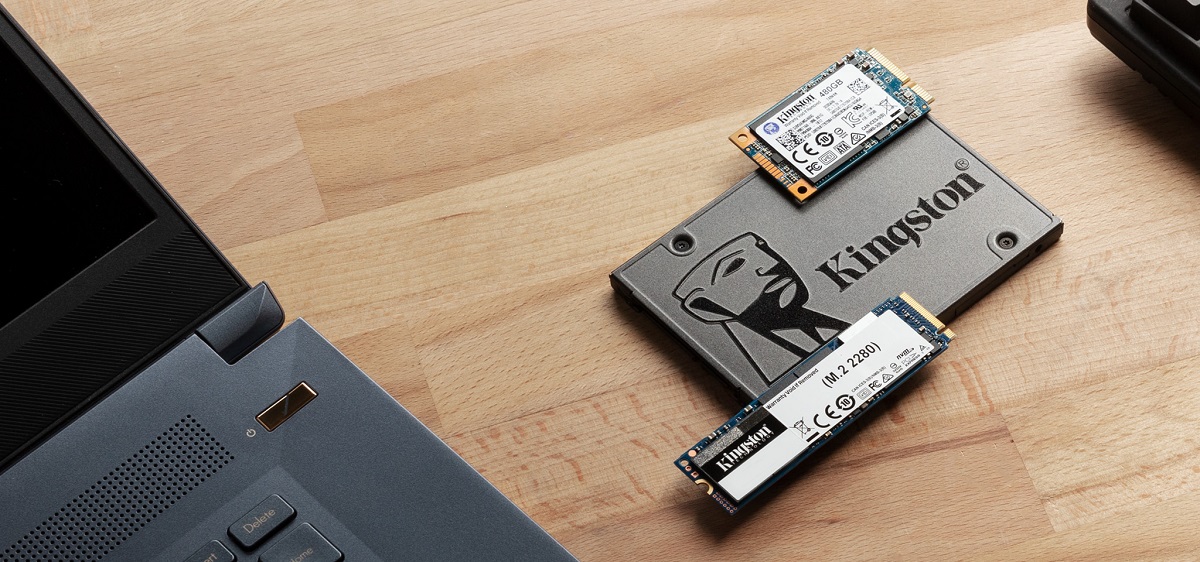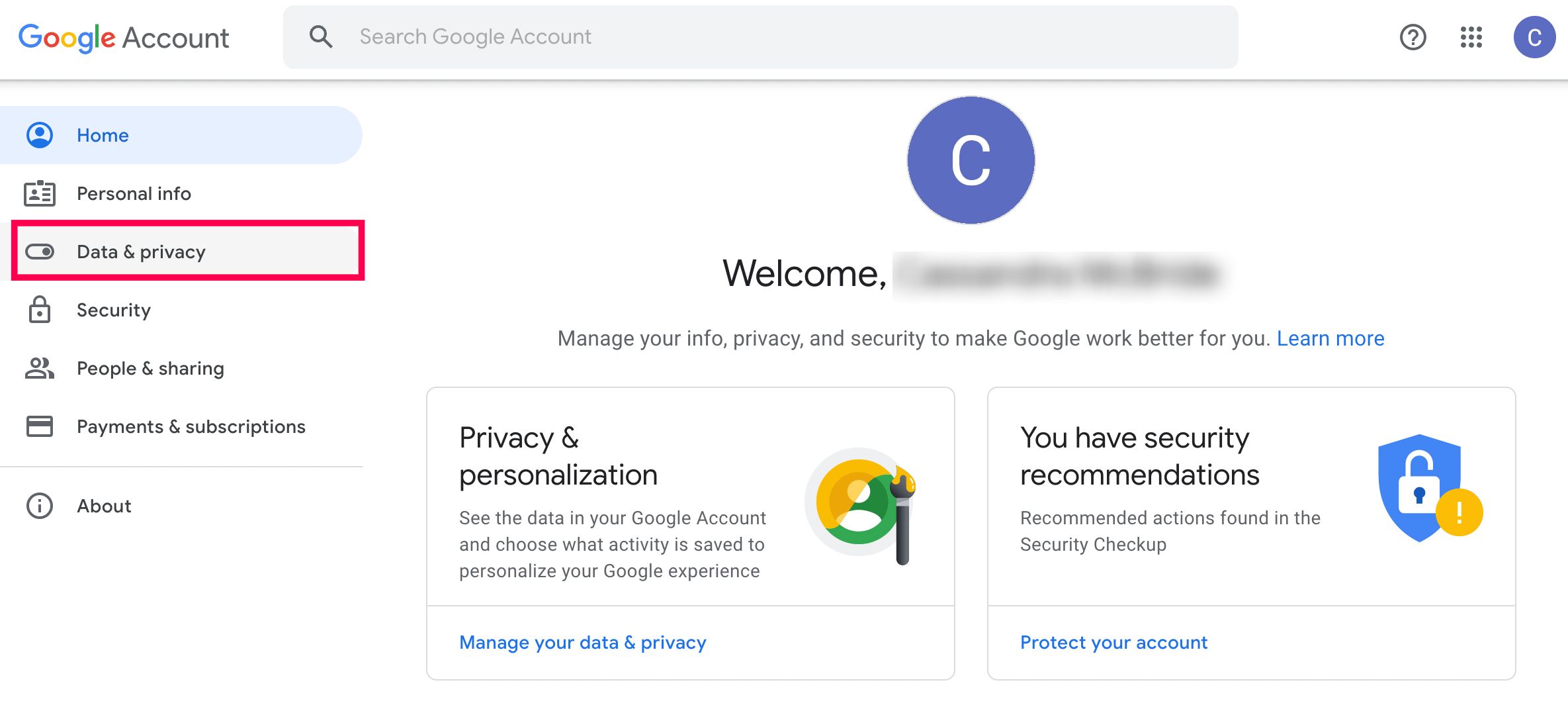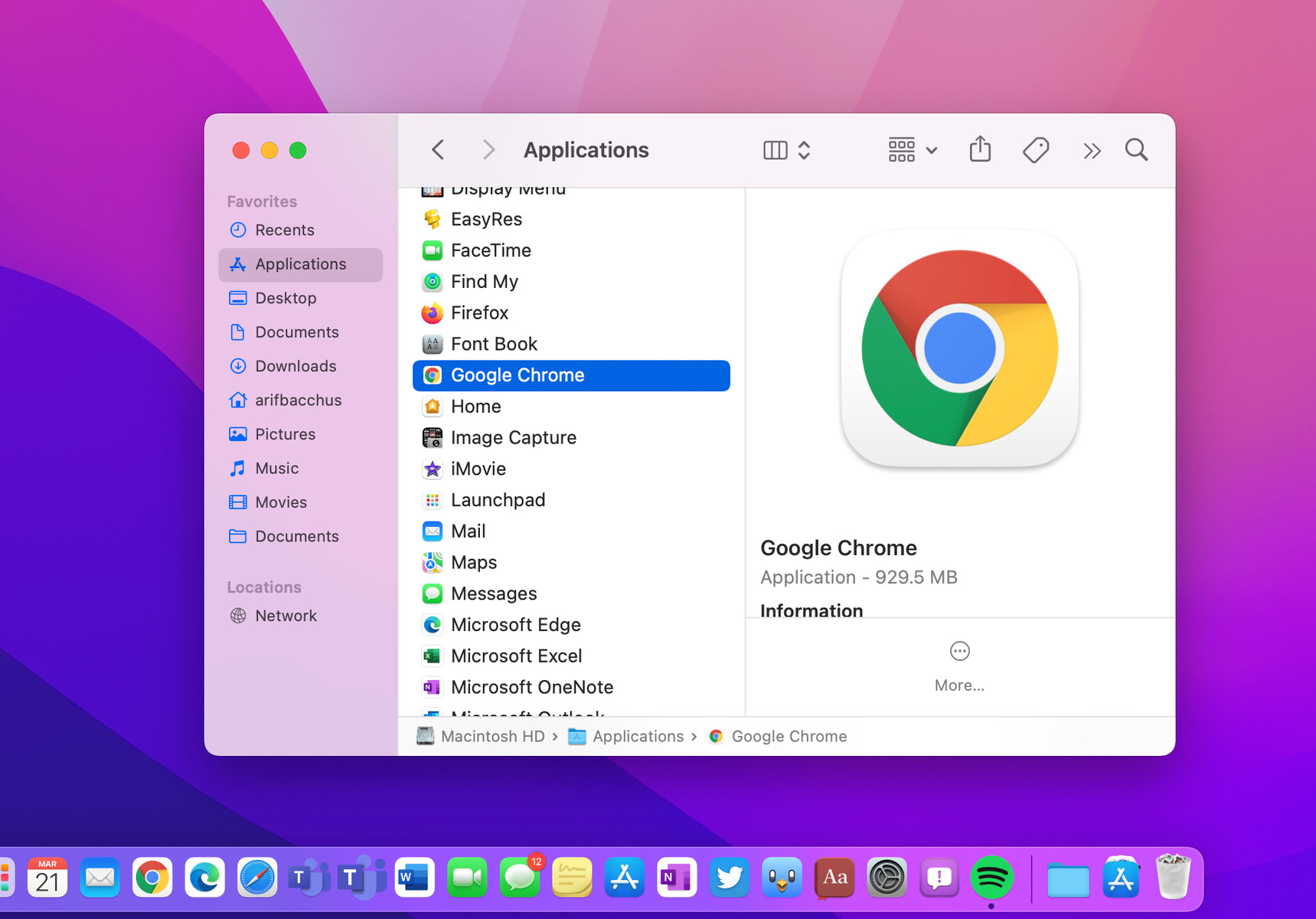Introduction
Deleting Chrome OS from your Chromebook may seem like a daunting task, but it can be a necessary step in certain situations. Whether you're looking to troubleshoot issues, perform a clean reinstall, or switch to a different operating system, understanding the process is crucial. In this guide, we'll walk you through the steps to delete Chrome OS and reinstall it, ensuring that you can navigate this process with confidence.
Before diving into the deletion process, it's important to note that removing Chrome OS will erase all data and settings on your Chromebook. Therefore, it's essential to back up any important files, documents, and media to prevent permanent loss. Once you've safeguarded your data, you can proceed with the deletion process, which involves performing a Powerwash to reset your Chromebook to its factory settings. Following this, you'll need to remove your Google Account from the device before reinstalling Chrome OS.
By the end of this guide, you'll have a clear understanding of the steps required to delete Chrome OS from your Chromebook and reinstall it, allowing you to address any issues or make the necessary changes with ease. Let's embark on this journey to gain a comprehensive understanding of the deletion process and equip ourselves with the knowledge to navigate it effectively.
Back up your data
Before initiating the process of deleting Chrome OS from your Chromebook, it is imperative to back up your data to prevent any loss of important files or documents. This step is crucial as the deletion process will erase all data and settings on your device. By taking the time to back up your data, you can safeguard your valuable information and ensure a smooth transition through the deletion and reinstallation process.
To begin, identify the data that you need to back up, including documents, photos, videos, and any other files stored on your Chromebook. You can utilize various methods to back up your data, depending on your preferences and the volume of information you need to safeguard. One of the most convenient options is to utilize cloud storage services such as Google Drive, Dropbox, or OneDrive. These platforms offer seamless integration with Chrome OS, allowing you to effortlessly upload and store your files in the cloud.
Alternatively, you can transfer your data to an external storage device, such as a USB flash drive or an external hard drive. This method is particularly useful for backing up large files or a substantial amount of data that may exceed the storage capacity of cloud services. Simply connect the external storage device to your Chromebook and transfer the files you wish to back up.
Furthermore, if you have specific applications or settings that you want to preserve, take note of them to ensure a comprehensive backup. This may include bookmarks, browser extensions, and app settings that you want to retain after the deletion and reinstallation process.
By proactively backing up your data, you can mitigate the risk of losing important information during the deletion of Chrome OS. This proactive approach not only safeguards your valuable data but also provides peace of mind as you proceed with the subsequent steps. With your data securely backed up, you are well-prepared to move forward with the process of deleting Chrome OS and reinstalling it, knowing that your essential files and documents are safely preserved.
In the next sections, we will delve into the steps to perform a Powerwash on your Chromebook, remove your Google Account, and reinstall Chrome OS, guiding you through the comprehensive process of managing your Chromebook's operating system effectively.
Powerwash your Chromebook
Performing a Powerwash on your Chromebook is a crucial step in the process of deleting Chrome OS and reinstalling it. This procedure effectively resets your device to its factory settings, erasing all data and settings to provide a clean slate for the reinstallation of the operating system. By executing a Powerwash, you can ensure that any lingering issues or conflicts within the existing system are resolved, paving the way for a fresh installation of Chrome OS.
To initiate the Powerwash process, start by signing out of your Chromebook. This can be done by clicking on your profile picture in the bottom-right corner of the screen and selecting "Sign out." Once you have signed out, proceed to the login screen and press the keyboard shortcut "Ctrl + Alt + Shift + R." This action will prompt a dialog box to appear, allowing you to initiate the Powerwash.
In the dialog box, you will be presented with the option to "Powerwash" your Chromebook. Select this option to confirm your intent to reset the device to its factory settings. It's important to note that this action will erase all local data, including files, settings, and accounts, so ensure that you have backed up any essential data before proceeding.
After confirming the Powerwash, your Chromebook will commence the reset process, which may take a few minutes to complete. Once the Powerwash is finished, your device will reboot, presenting you with the initial setup screen as if it were brand new. At this stage, you can proceed with the setup process, including connecting to a network, signing in with your Google Account, and configuring your preferences.
By performing a Powerwash, you effectively reset your Chromebook to its original state, erasing all data and settings to prepare for the reinstallation of Chrome OS. This step is essential in ensuring a clean and stable foundation for the subsequent installation process, allowing you to address any underlying issues and start afresh with a pristine operating system.
With the Powerwash completed, you are now ready to proceed with the next steps, including the removal of your Google Account and the reinstallation of Chrome OS. These subsequent actions will further guide you through the comprehensive process of managing your Chromebook's operating system effectively, ensuring that you can navigate the deletion and reinstallation process with confidence and clarity.
Remove your Google Account
Removing your Google Account from your Chromebook is a pivotal step in the process of deleting Chrome OS and reinstalling it. This action ensures that your device is disassociated from your Google Account, paving the way for a clean reinstallation of the operating system. By removing your Google Account, you effectively detach your personal information and settings from the device, preparing it for a fresh start with the reinstalled Chrome OS.
To begin, access the settings on your Chromebook by clicking on the system tray in the bottom-right corner of the screen and selecting the gear icon, which represents the settings. Within the settings menu, navigate to the "People" section, which houses the accounts associated with your Chromebook. Here, you will find the option to manage your Google Account settings.
Upon selecting the "Manage your Google Account" option, you will be directed to a comprehensive dashboard that allows you to review and modify various aspects of your Google Account. Within this dashboard, locate the option to remove your account from the device. This action will prompt a series of confirmation prompts to ensure that you intend to proceed with the removal of your Google Account.
It's important to note that removing your Google Account from the Chromebook will result in the deletion of all associated data and settings linked to the account. This includes bookmarks, browsing history, and any personalized settings that are synchronized with your Google Account. Therefore, it's advisable to ensure that any essential data or settings are backed up or synchronized with your Google Account before initiating the removal process.
Once you have confirmed the removal of your Google Account, the Chromebook will proceed to disassociate the account from the device, effectively removing all associated data and settings. This action prepares the device for the subsequent step of reinstalling Chrome OS, ensuring that the reinstallation process occurs on a clean slate without any remnants of the previous configuration.
By removing your Google Account from the Chromebook, you establish a clear separation between the device and your personal account, setting the stage for a seamless reinstallation of Chrome OS. This step is integral in ensuring that the device is ready for the fresh installation of the operating system, allowing you to proceed with confidence and clarity as you navigate the comprehensive process of managing your Chromebook's operating system effectively.
Reinstall Chrome OS
Reinstalling Chrome OS is the final step in the comprehensive process of deleting and refreshing the operating system on your Chromebook. This critical stage involves restoring the Chrome OS to its pristine state, ensuring that the device operates with optimal performance and stability. By reinstalling Chrome OS, you can address any underlying issues, conflicts, or performance concerns, providing a clean slate for a seamless and efficient user experience.
To initiate the reinstall process, start by accessing the Chromebook's recovery mode. This can be achieved by turning off the device and then turning it back on while holding down the "Esc" and "Refresh" keys simultaneously. Once in recovery mode, you will be presented with the option to perform a recovery using a USB flash drive or SD card containing the Chrome OS recovery image.
If you haven't already created a recovery image, you can do so using another computer by visiting the Chromebook Recovery Utility website. This tool allows you to create a recovery image on a USB flash drive or SD card, which can then be used to reinstall Chrome OS on your Chromebook.
After inserting the USB flash drive or SD card containing the recovery image, follow the on-screen instructions to initiate the reinstallation process. The Chromebook will proceed to reinstall Chrome OS, a procedure that may take some time to complete. Once the reinstallation is finished, the device will reboot, presenting you with the initial setup screen.
During the setup process, you can sign in with your Google Account, connect to a network, and configure your preferences to personalize the Chromebook according to your requirements. Additionally, you can choose to restore any backed-up data or settings to ensure a seamless transition back to your familiar environment.
By reinstalling Chrome OS, you effectively restore the operating system to its factory state, eliminating any previous issues or conflicts that may have impacted the device's performance. This step provides a fresh start for your Chromebook, allowing you to leverage the full potential of the operating system and enjoy a smooth and efficient user experience.
With Chrome OS successfully reinstalled, your Chromebook is now ready to be used with renewed performance and stability. Whether you encountered issues that necessitated the deletion and reinstallation of the operating system or simply sought to refresh the device, the comprehensive process has equipped you with the knowledge and skills to manage your Chromebook's operating system effectively.







